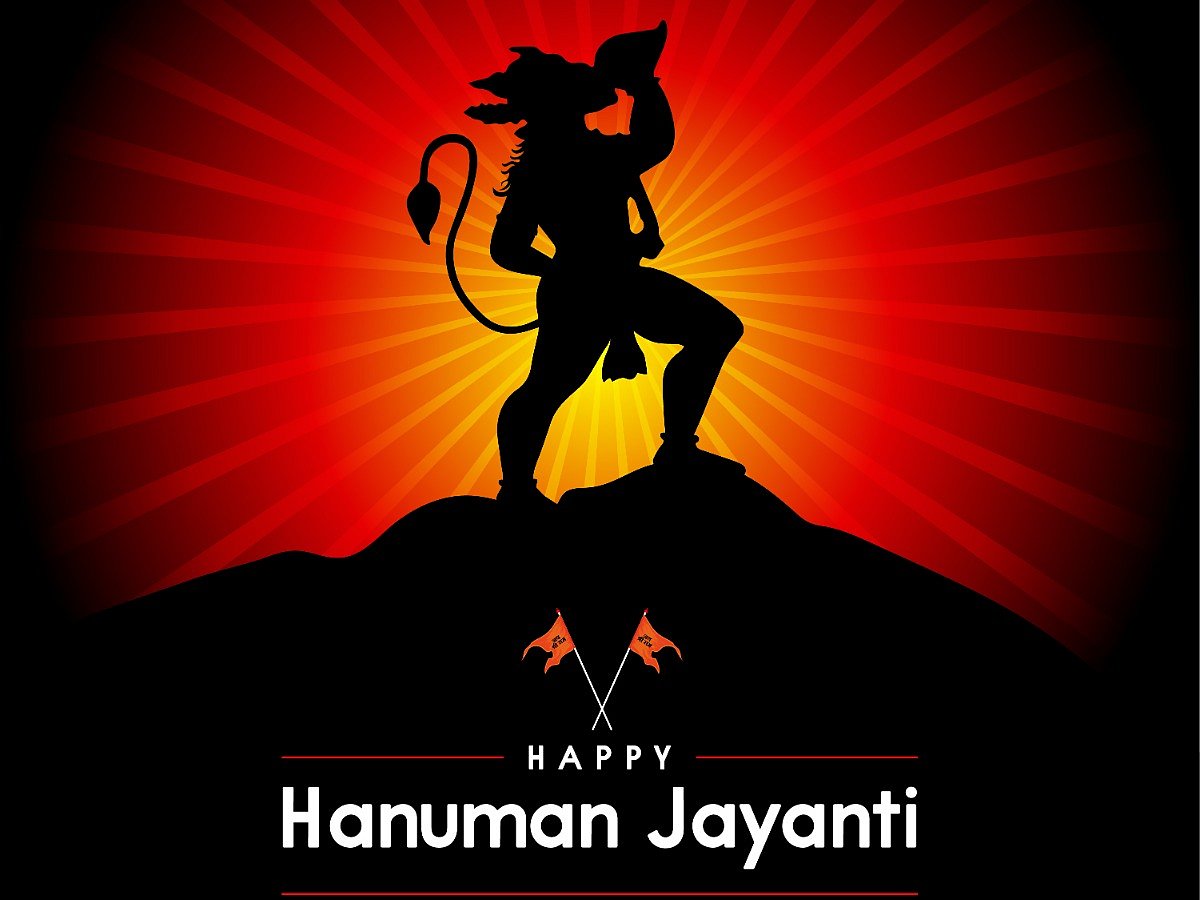Hanuman Jayanti 2024 Date and Time: History, Significance, Rituals & Celebration
Check the date and time of Hanuman Jayanti 2024 in India. Share the history and significance with friends and family

advertisement
Hanuman Jayanti is a Hindu festival that is celebrated to honor the birth of Lord Hanuman. This festival is one of the most important in the Hindu community and it is celebrated with great pomp and show.
Hanuman is known as the son of Anjana and Kesari, the god and hero of the Ramayana. He is also called Vanara God, Bajrang Bali, and Vayu Dev. Hanuman is a powerful and capable deity who is believed to be capable of achieving anything, even those feats that seem impossible to others. He is often depicted as an architect, artist, and fighter. Let's know about the date and time, history, significance, and rituals of Hanuman Jayanti 2024.
Hanuman Jayanti 2024: Date and Time
Hanuman Jayanti celebration varies across Indian states, with unique traditions and timing in each region. This year, Hanuman Jayanti will be celebrated on Tuesday, 23 April 2024.
The shubh muhurat for performing puja on Hanuman Jayanti are from 10:41 am to 1:57 pm, 3:35 pm to 5:13 pm, and 8:13 pm to 9:35 pm.
The Purnima Tithi starts at 3:25 am on 23 April 2024, and ends at 5:18 am on 24 April 2024.
Hanuman Jayanti 2024: History & Significance
The significance of Hanuman Jayanti is evident in the many legends and stories that are passed down about him. One of the most popular stories tells the tale of Hanuman carrying an entire mountain on his shoulder to bring the life-saving herb, Sanjeevani Booti, to save Lakshman. Another story highlights the power of Hanuman and his unwavering devotion to Lord Rama and Sita. It is believed that Hanuman's worship can help to eliminate negative energies and provide relief from issues related to ghosts and spirits.
Hanuman Jayanti is a time for everyone to come together and celebrate the life of Lord Hanuman. This festival is an opportunity to express one's deep devotion to the deity and to invoke their blessings. It is also a time to reflect on the teachings of Hanuman and to learn about his philosophy of hope and non-violence.
Hanuman Jayanti 2024: Rituals & Celebration
On this day, Lord Hanuman is revered with offerings of vermilion, red attire, garlands of flowers, roses, laddoos, halwa, and bananas.
Various processions and religious events are held to celebrate the occasion. The worship rituals involve observing a Tatkalik Tithi (Ratrivyapini) fast, spending the night on the floor while remembering Ram-Sita and Hanuman, taking a bath early in the morning, taking a Sankalp for the Vrat with water in hand, sitting in front of an idol or picture of Lord Hanuman that faces east, and praying to the deity most respectfully.
(Disclaimer: Parts of this article were generated by AI and published after the content was editorially modified and verified by a human based on their own judgement and expertise. The Quint does not publish AI-generated content without direct human involvement and oversight).
(At The Quint, we question everything. Play an active role in shaping our journalism by becoming a member today.)